
Paint By Numbers
By Claire Van Den Heever
ISBN-13: 978-988-16090-6-9
2014, Claire van den Heever
All rights reserved. No part of this book may be reproduced in material form, by any means, whether graphic, electronic, mechanical or other, including photocopying or information storage, in whole or in part. May not be used to prepare other publications without written permission from the publisher.
Published by Earnshaw Books Ltd. (Hong Kong)
PREFACE
T HE AUCTIONEERS PODIUM caught a slice of pale spring light. Specks of dust slowly floated down before settling on the newly polished wood. It was the morning of Sothebys first auction of contemporary Asian art, and New York was still asleep.
Four-and-a-half thousand auction catalogues with the work of Chinese artist Xu Bing on their covers waited in the wings. A pastel scattering of the Chinese character  (niao, meaning bird) ascended on the page, fluidly changing as they rose into birds taking flight. By 10 oclock, an audience of Asian, American and European art dealers and collectors was seated in the salesroom, waiting for the bidding to begin. Twenty-five Sothebys employees stood by to receive telephone bids.
(niao, meaning bird) ascended on the page, fluidly changing as they rose into birds taking flight. By 10 oclock, an audience of Asian, American and European art dealers and collectors was seated in the salesroom, waiting for the bidding to begin. Twenty-five Sothebys employees stood by to receive telephone bids.
An untitled painting by contemporary Chinese artist Yue Minjun was first under the hammer. It was expected to fetch up to US$20,000. A few minutes into the days proceedings, it sold for US$78,000, almost four times Sothebys initial estimate. The paintings kept coming and the gavel kept pounding: US$72,000, US$132,000, US$90,000. One after another, each estimate was exceeded. The audience watched from the edge of their seats.
Towards the end of the morning session, lot number 119 was put on the auction block. It was a piece by Zhang Xiaogang, best known for his portraits of families staring lifelessly from the canvas. His paintings are set during Chinas Cultural Revolution, when millions of families were separated and sent to labor at opposite ends of the country.
A young man in a Mao suit with a red patch on his cheek hovered in the center of Zhangs canvas, Bloodline Series: Comrade No. 120. The buyers in the salesroom were ready. The auctioneer started the bidding, and they were off. Sothebys highest estimate was quickly surpassed. The figures kept climbing.
Three hundred and sixty thousand, do we have three hundred and sixty thousand? A paddle was raised. Three hundred and seventy thousand, do we have three hundred and seventy thousand?
The number of telephone bidders grew, and bidding on the floor became fiercer. A chorus of employees manned the phones. Soon they had run out of phone lines.
Seven hundred thousand, do we have seven hundred thousand? A man raised his paddle again.
The frantic bidding reached a crescendo before petering out. A man sitting in the back row placed the final bid. The audience broke into applause as the painting was sold for US$979,200 more than twice Sothebys estimate.
People were soon dashing around the auction house, trying to get their hands on one of the US$40 catalogues. All 4,500 copies had already sold out.
That spring day in 2006, Sothebys made auction history. Over US$13 million worth of contemporary Asian art was sold far beyond the auction houses high estimate, US$8 million establishing records for several Chinese artists. Later, Henry Howard-Sneyd of Sothebys said, It was a market waiting to happen.
It hadnt waited long, rising from nothing to become a multimillion dollar industry in less than 30 years.
Under Chairman Mao Zedong artistic expression was near criminal. Only art that disseminated the propaganda of the moment or depicted the socialist paradise that China never quite achieved were permitted, mostly in a Realist style.
With Maos death and the end of the Cultural Revolution in 1976, the concept of art for arts sake began to creep back into Chinas psyche. Western Modernist movements like Cubism and Surrealism that had been dormant for decades returned to China, sparking a creative reawakening. In the coming years, artists tentatively began to use art as a means to explore the damage wrought by the Cultural Revolution. By the early 80s, political expression was becoming bolder and artistic experimentation had begun. In February 1989 a group of Chinese scholars organized a Beijing exhibition called China/Avant-Garde to showcase art from one of the most fruitful decades of Chinese contemporary arts history. The Tiananmen Square protests were crushed in June of the same year, and the ensuing crackdown on public expression drove some of Chinas most prominent artistic figures out of China.
The art scene plodded along during the 1990s, with artists considering themselves lucky to sell a painting for a few hundred dollars. At that time, David Tang a Hong Kong-born, British-educated entrepreneur was doing everything he could to promote contemporary Chinese art. In 1995, he convinced Princess Diana to come to the Venice Biennale, where several Chinese artists were showing their work. He remembers thinking, If this doesnt succeed, nothing will. But it would be more than a decade before most of the world caught on.
In 1998, a major exhibition of contemporary Chinese art hit New York. The work exhibited at Inside Out: New Chinese Art reflected modern Chinas identity crisis. The contrasts between the traditions of Chinas past, the stripping of its culture during the political upheavals of the Cultural Revolution, and its present dominated by modernization and a new, more materialistic generation formed the exhibitions backdrop.
Artist Cai Guoqiang had been experimenting with the Chinese invention gunpowder to create haphazard effects on canvases, a few of which were on display at Inside Out. His art was literally explosive: a reaction to the social and artistic repression he had experienced in China before emigrating to the West.
Xu Bing, another artist-in-exile, exhibited Book from the Sky, comprised of 4,000 nonsensical Chinese characters that he had spent three years carving onto wooden printing blocks. The characters were painstakingly designed using old dictionaries, and when they filled entire scrolls and books to beautiful effect they looked deceptively like an actual language, even to readers of Chinese. Xu had been born to scholarly parents and his early childhood was spent surrounded by books, which he was not yet able to read. By the time he had learned, the Cultural Revolution was underway and most books apart from Maos Little Red Book had been destroyed or banned. This was strange, he told an ArtZineChina.com journalist. When I couldnt read, there were so many books. But when I was finally able to read, there was only one book. Xus thoughts on books, language and propaganda are key concepts in his art.
Inside Out whet the worlds appetite for Chinese contemporary art; the hunger soon became insatiable.
In October 2007, Sothebys was once again at the center of the unprecedented boom. Yue Minjuns painting Execution sold for US$5.9 million: the highest amount ever paid at auction for a contemporary Chinese work. The 1989 Tiananmen Square massacre supposedly inspired Yue to create the artwork, which depicts four men in their underwear being shot at by a firing squad who are only pretending to hold guns. All the men self-portraits of the artist are laughing hysterically.
Not everyone was laughing. As Tobias Meyer, Sothebys international head of contemporary art, started the auction, a casually dressed man walked towards the podium and called out to the room, I want to say this: Shame on you! Shame on you who are spending all this money on trinkets!
Next page
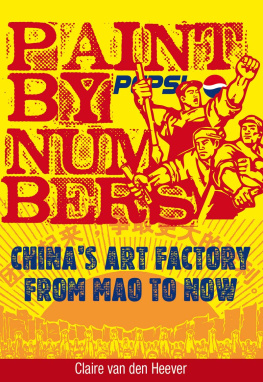

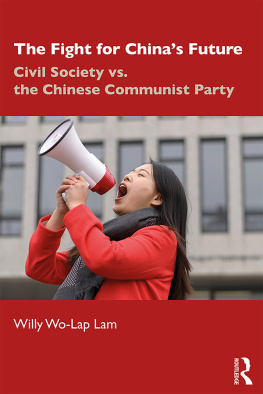
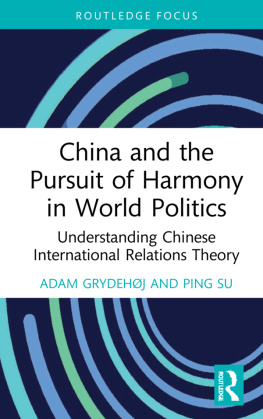
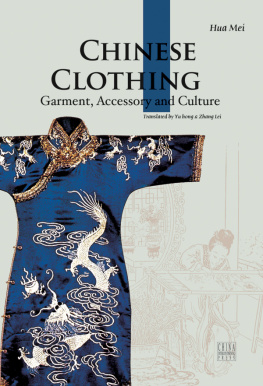
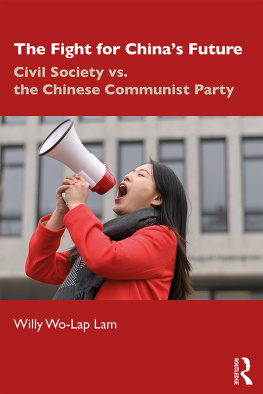

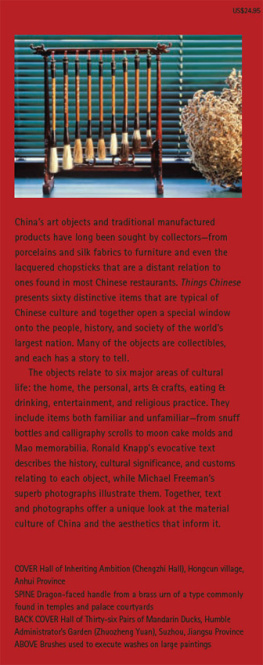

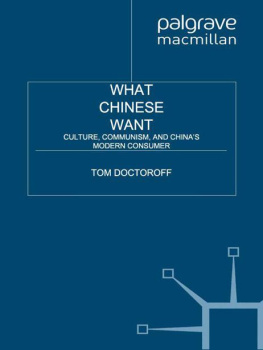
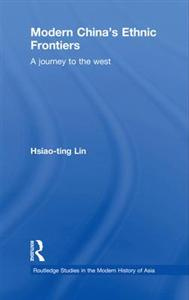

 (niao, meaning bird) ascended on the page, fluidly changing as they rose into birds taking flight. By 10 oclock, an audience of Asian, American and European art dealers and collectors was seated in the salesroom, waiting for the bidding to begin. Twenty-five Sothebys employees stood by to receive telephone bids.
(niao, meaning bird) ascended on the page, fluidly changing as they rose into birds taking flight. By 10 oclock, an audience of Asian, American and European art dealers and collectors was seated in the salesroom, waiting for the bidding to begin. Twenty-five Sothebys employees stood by to receive telephone bids.